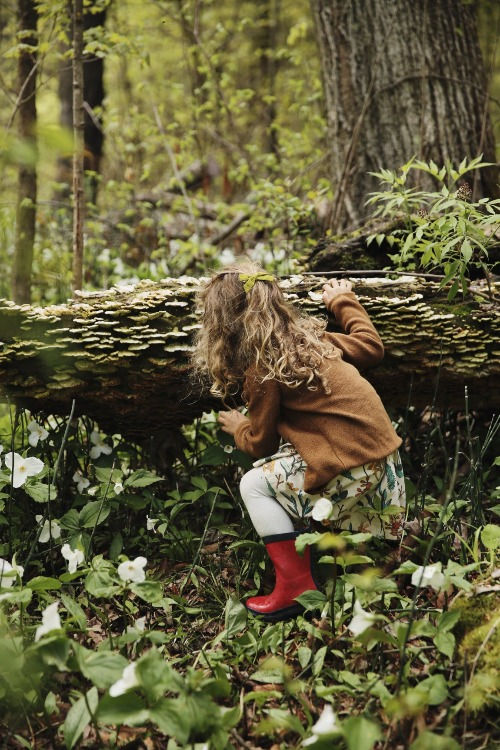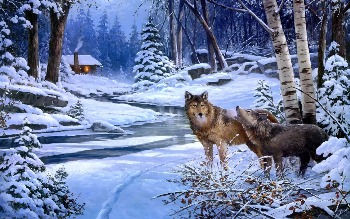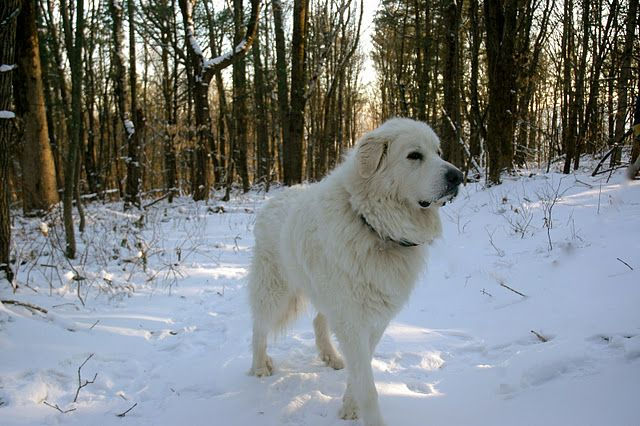Why Backgrounds are Important for Characters
- Author Bruce Shields

- Jan 16, 2021
- 4 min read
Updated: Feb 8, 2021

So for today's blog, I was thinking about what I should write about. I am really getting into sharing information about how I write, manage my working space, and talk about how I do what I do. Yesterday I wrote about how I create and develop characters for my books. Keeping with that theme, I thought I would talk a little about how I work on a character's background.
For this example, I thought I would look at Mikayla. Now, if you have never read my Pandemic Dawn novel series, you may not know who Mikayla is, and if you are like me, you HATE spoilers. So for the sake of this public blog, I will make up a character, one I have never used in a book.
Did I mention I hate spoilers? I remember when a particular movie had just come out, and I was so excited to go see it. But I had a rough work schedule and didn't get to the premier. A customer came into my antique shop, talked with another, and gave away the biggest twist in the plot that I would have never seen coming!
I was so disappointed!
So, let's create an imaginary character that has never appeared in any of my books, shall we?

Following the blog I wrote yesterday about character creating, we will have to first think of a reason/purpose for this character to exist in the story.
The plot is about a young girl who is lost in the woods and cannot find her way home. The storyline is about how she sees a dog who leads her to safety.
So we begin to think about the feel of the story and what we want the reader to experience. Fear, loneliness, anxiety? If that is the direction, then those are the things your character must feel.
So the description of the character may be something like;
She is a young girl from the city who stays a few weeks with her uncle and aunt at their cabin in the woods. Her mother has just passed away, and her father had a breakdown and needed some time to deal with his loss. She feels he abandoned her in her time of need and hardly knows her uncle and aunt. Besides, she's never even seen the country before and misses the city and her friends.
This short description and back story helps you focus on who she is and what she has already been through. Being lost in the unfamiliar woods would be terrifying to a young girl, especially one already so hurt and afraid.

To exemplify fear, the uncle and aunt warn her about traveling too far because of wolves in the area.
This will also play into the anxiety factor when you talk about the dog/possible wolf tracking her in the woods as it gets dark. Perhaps from a distance, it appears it is a wolf, and she is afraid of becoming its dinner.
She sits under a tree, in the dark, alone, afraid, and hears the noises of the wolf/dog.
This would be easy enough, and readers could relate with the character and feel precisely what you want them to feel. But suppose you really want them to fear for the young girl (which also creates a greater joy when the young girl survives). In that case, while she sits in the dark, alone and afraid, she thinks about her loss, her mother, her absent father, how she never wanted to come to the woods, to begin with.
The story can take her to the edge, and your readers along with her.
She is cold, alone, and it's dark, nearly freezing under the tree in the woods. She gives up hope, feels there is nothing to live for, and then he appears, the wolf, which is actually a kind and gentle Great Pyrenees who had found the young girl's trail and followed her deep into the woods.

She spends the night with the dog keeper her warm. In the morning, the dog leads her to the safety of her uncle and aunt's cabin.
If you like a little more action in your stories to increase anxiety and fear, you could write about how wolves were also tracking the young girl. In the middle of the dark night, the dog fought them off and protected the young girl from them.
This draws your readers in, causes them to feel and relate to the young girl, all because of a good back story.
Yes, the story could still be good without the background. However, the elements added from a great background, develop, and build up your character. The readers will feel far more. You want them to love the character and to like the character to live!
When working on creating characters, I only go as deep into their background as I have to. For instance, does it matter if this character had a best friend named Polly at school? Only if you're going to have her think about this friend and miss her in the woods. Does it matter what job her father has? Not really. If you want to say his career kept him away from home, that's good enough. If you even decide to write about that.
In large novels like my Pandemic Dawn Series, I have just over 100 characters. Some of them have a couple of notecards stapled together with all of the information needed for them, but they are significant characters. The secondary characters have very little if any back story on their cards.
So focus on what is needed. If you get halfway through a story and realize you need something, add it. You can do that. You are the creator of your tale.
Perhaps while hiding under the tree in the woods, you want to write about how the character is afraid of the dark. So you add a detail to the notecard about how the power went out when she was little and how terrified she was, but she felt safe in her mother's arms. If only her mother could be here with her now, under this tree to keep her safe and warm.
A detail that initially was not on the notecard but easily added later to enrich the story and add another element.
This weeks newsletter will have some tips and links to websites and software to help you with character creation, be sure to subscribe!
Happy writing!







Comments